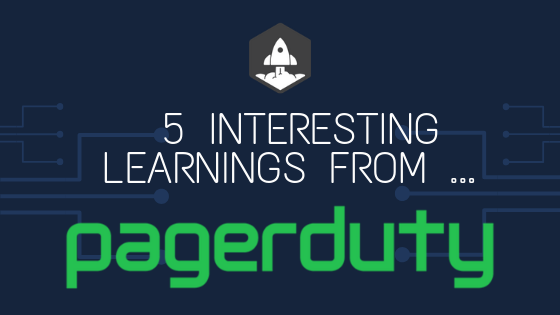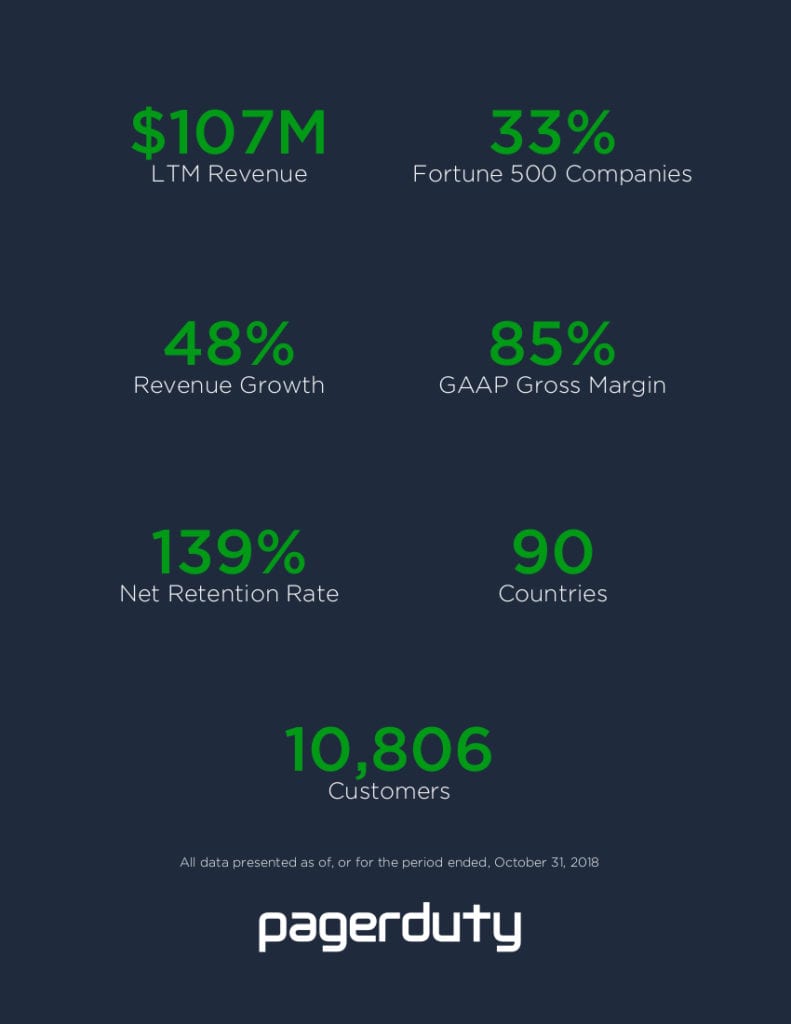
PagerDuty just pulled off the most recent super successful SaaS IPO! A huge congrats to CEO Jennifer Tejada and the team, who have spoken 3x at our SaaStr Annual and events and been great partners around our inclusion efforts as well.
You can check Jennifer’s last SaaStr session with Dug Song from Duo Security here:
A big success … but what are 5 interesting things that founders can learn from PagerDuty? To leverage at their own SaaS companies? Here are our 5:
- Huge growth “from the base”. PagerDuty is growing 49% a year at $125m+ ARR! Pretty incredible. More interesting is that ~90% of that growth is from “the base”, i.e. existing customers. That may be a record as a % of growth in a public SaaS companies. The lesson once again is — take care of your customers. They are your fuel forever. And even SMBs can grow substantially in many cases.
- PagerDuty has almost 140% net dollar retention – from SMBs! Yes, SMBs do churn at a higher rate than enterprises, often by a large margin. But that doesn’t mean you have to settle necessarily. If Zoom and Pagerduty can show net negative churn from SMBs, maybe you can, too. Don’t assume SMBs have to decay as a cohort and customer base.
- Relatively few large customers — and doing just fine. Pagerduty “only” has ~200 customers paying more than $100k in ARR, out of 10,000+. That’s tons of room to grow and go further upmarket, and this ratio will evolve over time. But today, still 98% of its customers by logo are four or five figure customers. There is more than one way to build a very successful SaaS business.
- Most customers still start with a free trial. It can be tempting to shut off or vastly limit free trials and free editions. That often does give you a short-term revenue boost. But should you? Perhaps not if you are like PagerDuty. Even coming up on $200m ARR, free trials are still key to the majority of their customer acquisition.
- $25+ a month is a good price point for SMBs, and PagerDuty commands a premium vs its smaller competitors. The average PagerDuty customer pays about $25 a month ($300 a year). It’s much harder to scale like PagerDuty at just $10-$15 a month. It’s OK to start low to learn. But see if you can provide more value over time. Anchoring at least a little bit high really can help you scale faster — if you can earn that pricing power. Importantly, PagerDuty looks to be about 30%-50% more expensive than e.g., Atlassian/OpsGenie, a direct competitor. PagerDuty’s brand and market position allow to command a modest, but very material, price premium.

Thank you @jasonlk for giving me the @saastr stage +4 yrs ago to share both my story & build @pagerduty's brand … the Sunny Delight, solution to problem fit talk. We were <$50m ARR, & the audience was full of potential, now much larger @Saas customers! #startups https://t.co/ePfGkFd8DX
— Jennifer Tejada (@jenntejada) January 8, 2021

